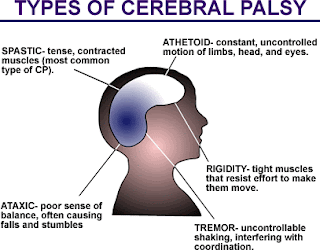Nursing Care Plan for Meningitis
Meningitis is inflammation of the meninges, the covering of the brain and spinal cord. It is most often caused by infection (bacterial, viral, or fungal), but can also be produced by chemical irritation, subarachnoid haemorrhage, cancer and other conditions. who.int Signs of meningitis as follows : fever headache stiff neck photophobia and vomiting confused (possible) Septicemia patients usually do not show the existence of neurologic failure, but patients showed the existence of: circulatory changes decreased peripheral perfusion tachycardia tachypnoe hypotension ptechie as an indication of the patients had bacteremia by meningococcal Assessment Always use the ABCDE approach to assessment Airway Make sure the airway clearance Prepare tools to facilitate the airway if necessary If there is a decrease in respiratory function immediately contact an anesthesiologist and treated in the ICU Breathing Assess respiratory rate - less than 8 or over 30 is a significant sign. Assess oxygen satu...

